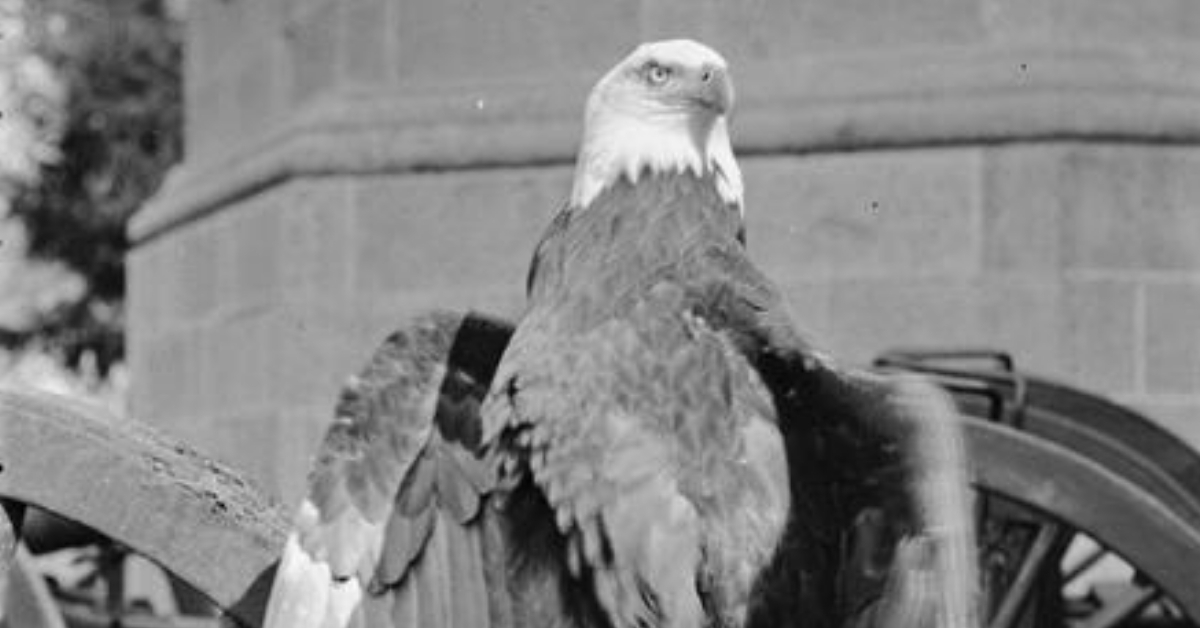Since the times of Ancient Rome, the eagle has served as a symbol of majestic power. When Rome fell, the nations which eventually replaced it adopted the symbol of the eagle to represent their country. Russia, Prussia, and the United States considered the eagle a representation of their majesty and might as a state. When America faced a civil war, the Union’s forces marched with eagle standards watching over their flags.
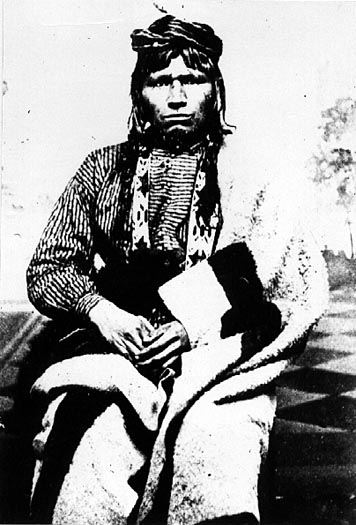
One regiment of volunteers decided a golden eagle was insufficient as a standard for their unit. The Eighth Wisconsin Regiment of Volunteers, mustered in 1861, went to war with a live bald eagle as their standard. Purchased from an Ojibwe native for $2.50, the Volunteers each chipped in twenty cents apiece to pay for the bird before a nearby civilian bought the bird for the unit.
It was not long before the Regiment earned the moniker Eagle Regiment. The bird, named Old Abe after the President, was taken under the metaphorical wing of James McGinnis, the first Eagle Bearer for the Regiment. When the Regiment went to war, their standard went with them, the ten-pound bird perched upon a specially built standard bearer/nest.
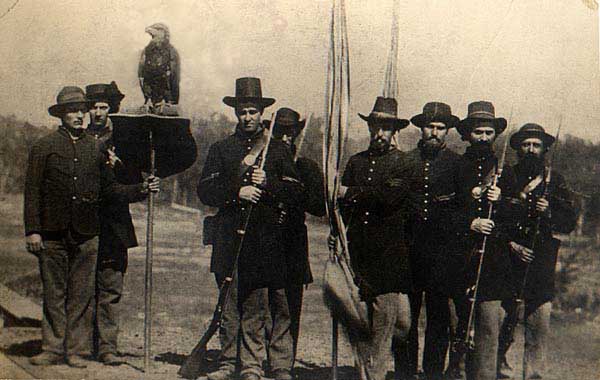
Wherever the Eighth traveled and whatever battle they participated in, their living standard was heralded as a good omen. From Island No.10 to Vicksburg, to Hurricane Creek the eagle stood with its Regiment, who, as one soldier wrote later, “appeared conscious of his royal dignity.”
Those who wrote later of Old Abe noted that “during active military operations ‘Old Abe’ showed himself to be a good soldier, and in the excitement of battle, and especially in a charge, his cries could be heard as if to encourage the men. On such occasions, he would often rise from his perch uttering wild screams, the fiercer the storm of battle the louder his voice became.”
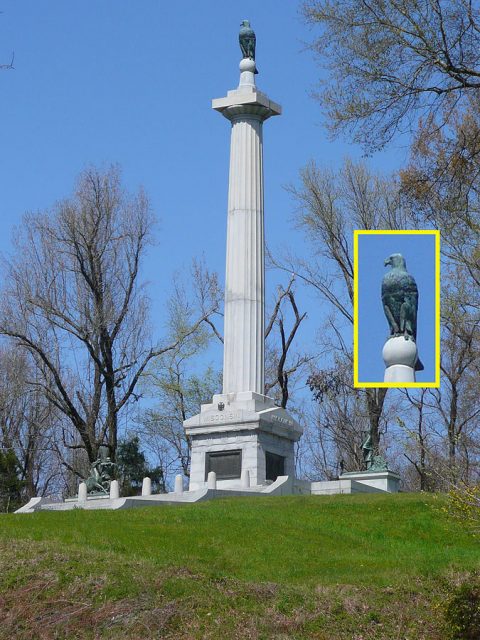
Writing after the war, one soldier remarked how Old Abe seemed “conscious of his relationship with the emblem of the republic.” So noteworthy had the eagle become that at the Battle of Corinth, Rebel General Sterling Price ordered his men to capture the bird “as he would rather get that bird than capture a whole brigade of men.” Fortunately, the eagle remained with his regiment, mustering out with them in Wisconsin in 1864.
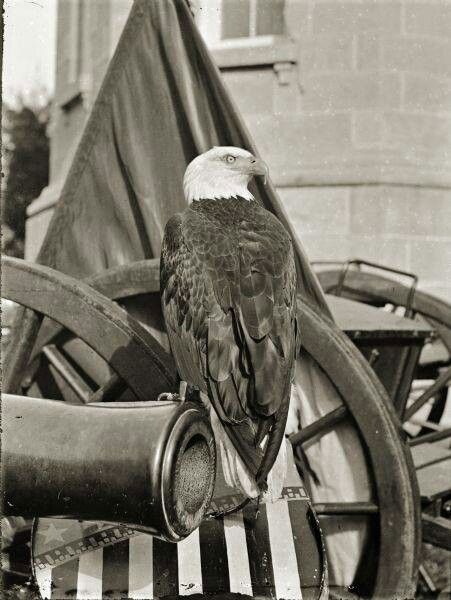
Following the war, Old Abe, classified as a war relic, was given a specially built room in the Capitol building in which to reside. A state and national celebrity, the majestic living relic appeared at the 1876 Centennial Exposition and the 1880 Grand Army of the Republic Convention.
Its last great act was to warn staff in the Capitol building of a fire in February 1881. Having inhaled a great deal of smoke in the process, Old Abe passed away a month later. His last caretaker was George Gillies.
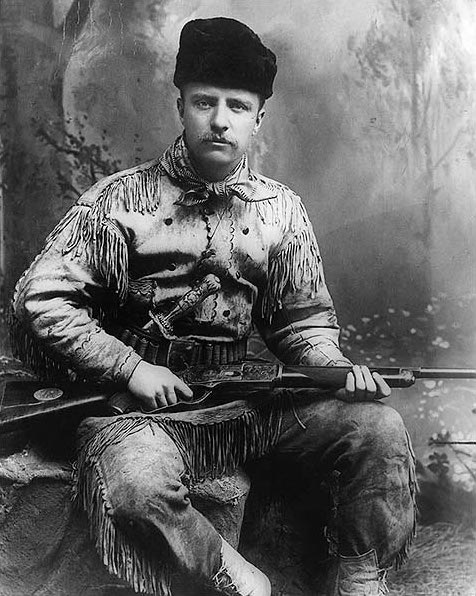
In September of the same year, Old Abe was stuffed and placed at the Capitol in a glass case. In 1903, President Theodore Roosevelt, a prodigious naturalist and amateur taxidermist, visited the esteemed bird he’d read about as a child. The next year, a fire in the Capitol building razed the structure to the ground, and Old Abe and his glass case were destroyed in the blaze.

However, such an important emblem of Wisconsin’s history was not easily forgotten. As of 1915, a replica of Old Abe has stood watch over the Wisconsin State Assembly chamber in the Capitol. Though the original Old Abe is gone, his likeness continues to serve the city. Such is the bird’s fame in the state that his image was incorporated into the logo of farming equipment manufacturer Case Corporation.
Another war unit also took the eagle with them in likeness; the 101st Airborne Division, stationed in Wisconsin during the Great War, made the eagle their unit symbol. Though Old Abe is long past, he still continues to serve the nation, in peace and war.
